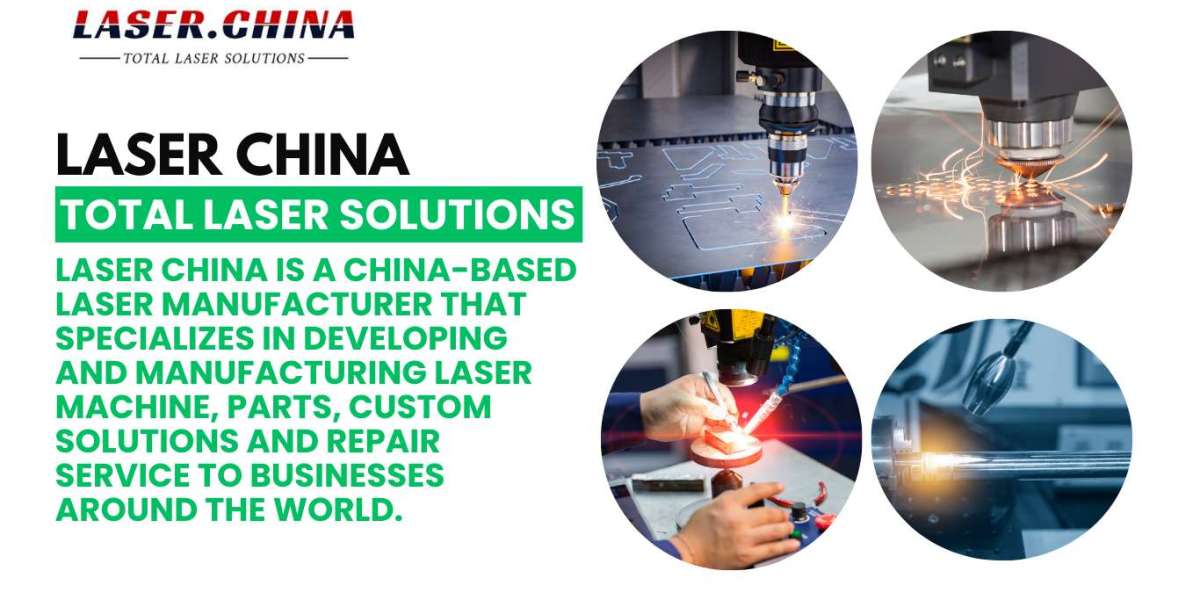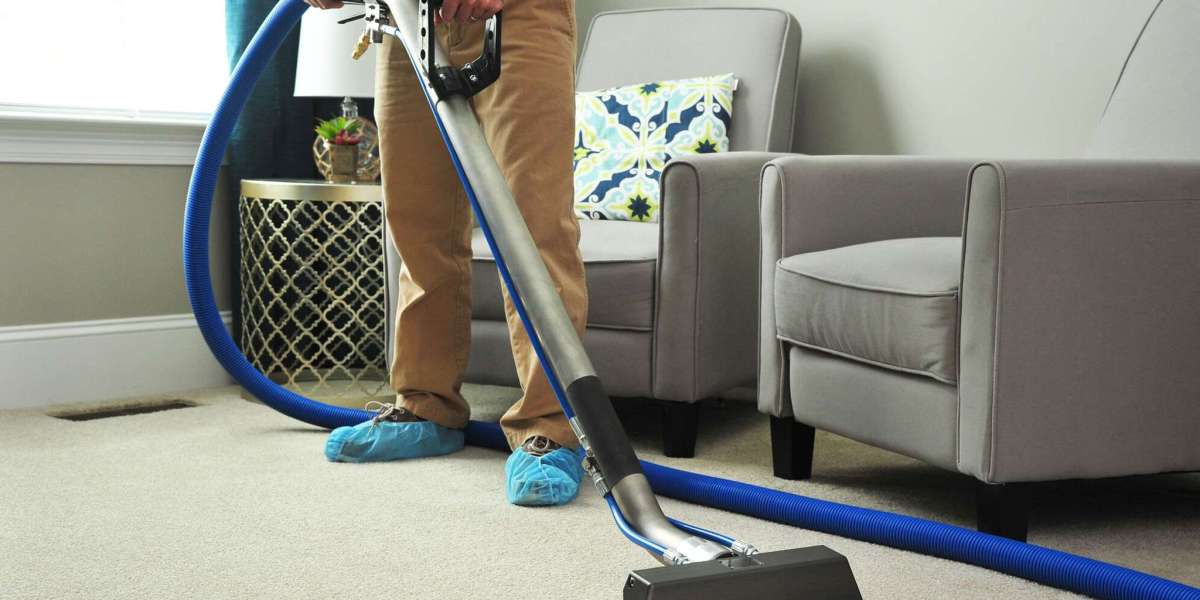Laser cleaning for metal is a modern, non-contact method of removing rust, paint, oxides, grease, or other contaminants from metal surfaces using high-intensity laser beams. This technique is increasingly popular in industries such as aerospace, automotive, manufacturing, and restoration due to its precision, eco-friendliness, and effectiveness.
How Does It Work?
Laser cleaning uses a laser beam (often from a fiber laser) to irradiate the surface of a metal. The contaminants on the surface absorb the laser energy, which causes them to either evaporate or be blown away in micro-bursts. The underlying metal reflects most of the laser energy, so it remains undamaged. This selective removal makes laser cleaning ideal for delicate or valuable components.
There are two primary types of laser cleaning:
Pulsed Laser Cleaning – Uses short, high-energy pulses that clean without heating the base material too much.
Continuous Wave (CW) Laser Cleaning – Uses a constant beam and is more suitable for thick coatings or large surface areas.
The process is controlled through software and can be adjusted based on the type of metal and the level of contamination. Some machines are portable (handheld), while others are integrated into automated systems.
Benefits of Laser Cleaning on Metal
No chemicals required – Unlike traditional methods (sandblasting, chemical stripping), laser cleaning does not involve toxic solvents or hazardous materials.
Minimal waste – The removed particles can be collected easily using a vacuum system.
Highly precise – It can clean tiny sections or complex patterns without damaging the base metal.
Low maintenance – Laser machines require less maintenance than conventional tools.
Environmentally friendly – No chemical runoff or abrasive blasting waste makes it sustainable and clean.
Applications of Laser Cleaning on Metal
Rust and oxide removal – Ideal for steel surfaces that need to be prepared for welding, coating, or painting.
Paint stripping – Common in aircraft or vehicle refurbishment, where paint must be removed without affecting the metal underneath.
Weld preparation and post-weld cleaning – Removes contaminants before welding or cleans residues like soot after welding.
Restoration – Used in historical artifact cleaning where conventional methods might be too abrasive.
Oil and grease removal – Especially important in preparing surfaces for bonding or coating.
Limitations
While laser cleaning has many advantages, it also has a few limitations:
Initial cost – Laser cleaning systems can be expensive, though long-term operational costs are low.
Power limitations – Very thick contaminants may take longer or require higher-powered machines.
Training required – Operators must be trained to use the laser system effectively and safely.
Conclusion
Laser cleaning for metal is a cutting-edge technology offering a safe, precise, and environmentally friendly alternative to traditional surface cleaning methods. It is especially useful in industrial and manufacturing settings where cleanliness and surface integrity are crucial. Though the upfront investment can be high, the long-term benefits in performance, safety, and cost savings make it a valuable tool for modern metal maintenance and restoration.








